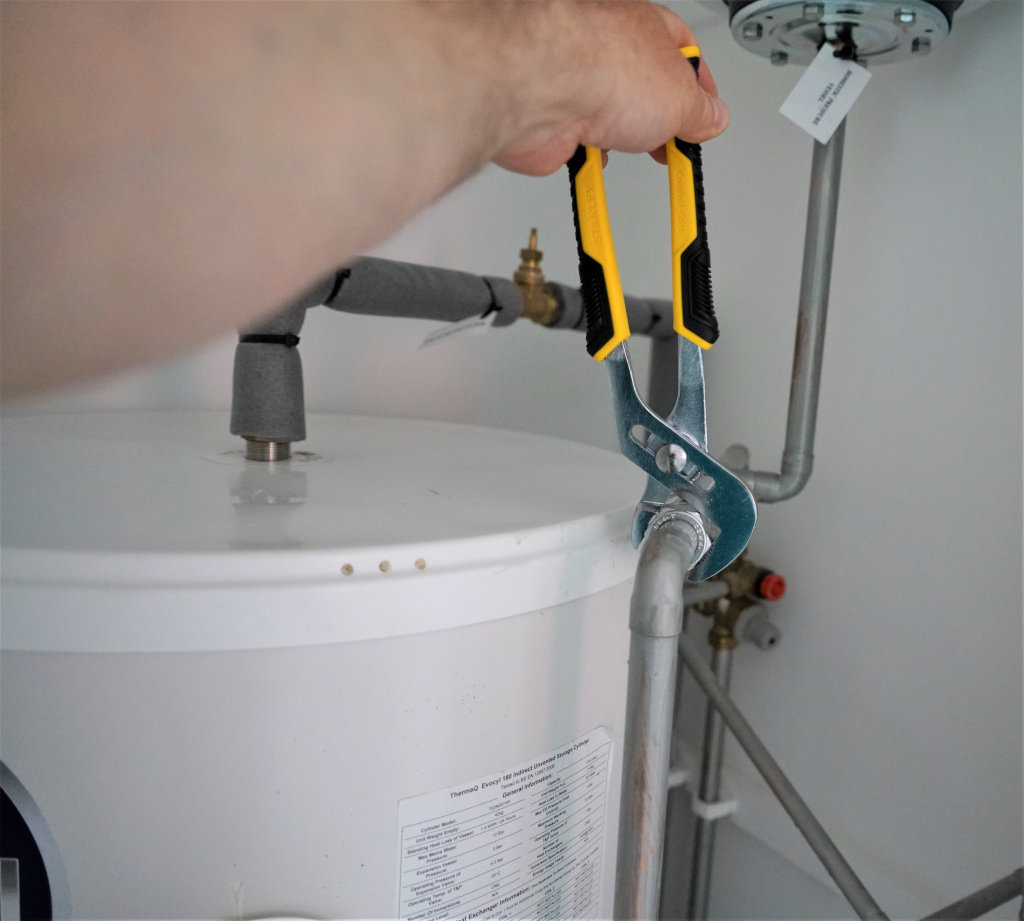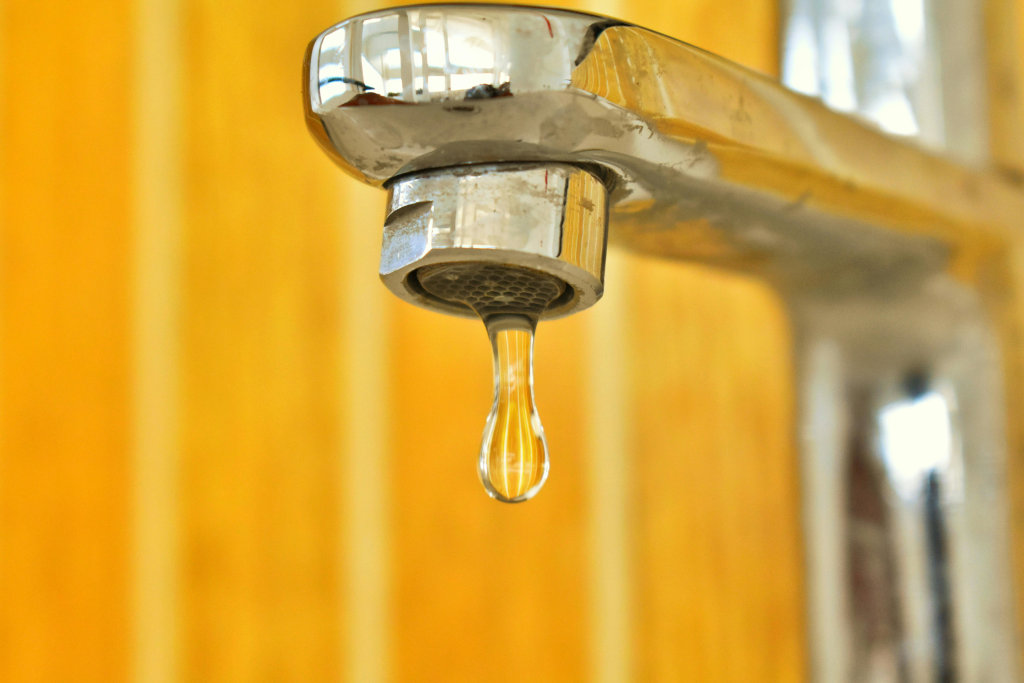As a landlord or property manager, you understand that maintaining your rental property is crucial to ensure the satisfaction and safety of your tenants. One of the key areas that often require attention is the plumbing system. In this comprehensive guide, we’ll delve into everything you need to know about rental property plumbing repair costs.
Rental Property Plumbing Repair Costs: The Ultimate Guide
The Importance of Maintaining Your Rental Property’s Plumbing
Before we jump into the costs, let’s first understand why maintaining your rental property’s plumbing is essential. A well-maintained plumbing system not only ensures a comfortable living environment for your tenants but also preserves the structural integrity of your property. Neglecting plumbing issues can lead to costly repairs in the long run.
Common Plumbing Issues in Rental Properties
Dripping Faucets and Leaky Pipes
Dripping faucets and leaky pipes are common annoyances that can lead to wasted water and increased water bills. We’ll explore the repair costs associated with these issues.
Clogged Drains and Toilets
Clogged drains and toilets can cause inconvenience and potential water damage. Learn how to address these problems and their associated costs.
Water Heater Problems
A malfunctioning water heater can disrupt daily life. Discover the repair costs involved in fixing water heater issues.
Sewer Line Issues
Sewer line problems can be a nightmare for both landlords and tenants. We’ll discuss the repair costs for sewer line issues.
The Signs of Plumbing Problems
Several signs indicate that your plumbing system may require attention:
- Low water pressure: This could be due to clogged pipes, leaks, or faulty fixtures.
- High water bills: A sudden increase in your water bill may indicate hidden leaks or inefficient fixtures.
- Slow drains: Clogged drains can cause slow water drainage in sinks, bathtubs, and showers.
- Visible leaks: Water spots, dampness, or dripping faucets are clear signs of leaks.
- Unusual noises: Strange noises, such as banging or gurgling, may indicate problems with pipes or valves.
The Cost Factors
Understanding the factors that influence plumbing repair costs is essential for budgeting and making informed decisions.
Severity of the Problem
The extent of the plumbing problem greatly affects the repair costs. Minor repairs, such as fixing a leaky faucet, are typically less expensive than major repairs, such as replacing a water heater.
Type of Repair
Different types of plumbing repairs come with varying costs. We’ll provide insights into the cost differences between common repairs.
Labor Costs
Labor costs can make up a significant portion of your plumbing repair expenses. Learn about typical labor charges for various plumbing repairs.
Location of the Repair
Plumbing repairs in difficult-to-access areas, such as crawl spaces or behind walls, may require additional labor and time, increasing the cost.
Type of Plumbing Material
Different plumbing materials, such as copper, PVC, or cast iron, have varying repair costs.
Permits and Inspections
Depending on local regulations, permits and inspections may be required for plumbing repairs. These fees can add to the overall cost.
Common Plumbing Repair Issues and Their Costs

The cost of plumbing repair depends on the specific issue and several factors. Here are some estimates for common plumbing repairs:
- Leaky faucets and pipes: $150 to $500
- Clogged drains and sewers: $100 to $400
- Toilet repair and replacement: $50 to $500
- Hot water heater repair and replacement: $200 to $2,000
- Sewer line replacement: $2,000 to $10,000, with an average cost of $5,000. The cost can vary depending on several factors, including the length of the sewer line, the type of pipe material used, the accessibility of the sewer line, and the labor rates in your area.
These estimates are just averages, and the actual cost may vary depending on the extent of the damage, the location of the repair, the type of plumbing material, labor rates, and the need for permits or inspections.
It’s good to have these estimates in mind so you can budget appropriately your real estate repair cost.
Insurance Coverage for Plumbing Repairs
Find out if your insurance policy covers plumbing repairs and how it can save you money in case of unexpected plumbing issues.
Preventive Maintenance for Rental Property Plumbing
The Importance of Preventive Maintenance
- Cost Savings: Regular preventive maintenance helps you catch and address plumbing issues early on, preventing them from turning into expensive repairs. A small leak can lead to water damage, mold, and structural issues if left unattended.
- Tenant Satisfaction: Maintaining a comfortable and safe living environment is crucial for tenant satisfaction. Promptly addressing plumbing issues through preventive maintenance demonstrates your commitment to their well-being.
- Property Value: Well-maintained plumbing systems can increase the value of your rental property. Prospective tenants are more likely to choose a property with a history of proper maintenance.
- Legal Compliance: Neglecting plumbing maintenance can lead to legal and regulatory issues. Many jurisdictions require landlords to ensure that rental properties meet certain health and safety standards.
Proactive maintenance can help prevent costly plumbing problems. We’ll offer a checklist for ongoing upkeep.
Preventive Maintenance Tips

- Regular Inspections: Schedule routine inspections of the plumbing systems in your rental property. These inspections should cover faucets, pipes, drains, water heaters, and sewer lines. Inspect for leaks, rust, and signs of corrosion.
- Address Leaks Promptly: Even a small leak can cause significant damage over time. Address leaks as soon as they’re discovered to prevent water damage and mold growth. Inspect both visible and hidden pipes.
- Clean Drains: Clogged drains can lead to slow water flow and backups. Regularly clean drains and remove debris or mineral buildup to keep them functioning properly. Encourage tenants to report slow drains promptly.
- Test Water Pressure: Check the water pressure regularly. Low pressure can be a sign of mineral buildup or other issues in the plumbing system. High pressure can stress the pipes, potentially leading to leaks.
- Service Water Heaters: Water heaters should be serviced periodically to ensure they are operating efficiently. This includes checking the temperature, flushing the tank to remove sediment buildup, and inspecting for leaks.
- Inspect for Leaking Toilets: Toilets are a common source of water waste and leaks. Check for leaking toilets by adding food coloring to the tank. If the color appears in the bowl without flushing, there’s a leak.
- Weatherproofing: In colder climates, protect pipes from freezing by insulating them. Frozen pipes can burst, causing significant damage. Proper insulation is a preventive measure against this risk.
- Educate Tenants: Inform tenants about proper plumbing maintenance and provide guidelines for what they should do in case of a plumbing issue. Encourage them to report any problems promptly to prevent them from escalating.
- Sewer Line Inspection: Periodically inspect the sewer lines to ensure there are no blockages or tree roots infiltrating the pipes. A clogged sewer line can lead to sewage backups and extensive damage.
- Emergency Preparedness: Have a plan in place for emergency plumbing situations. Ensure that tenants know how to shut off the water supply if there’s a major leak or other plumbing emergency.
- Professional Inspections: Consider hiring a professional plumber for annual or bi-annual inspections. They can provide a thorough assessment of the plumbing systems and catch issues that may not be apparent to the untrained eye.
- Avoid pouring grease or oil down the drain: Grease and oil can solidify and clog pipes over time. Dispose of grease and oil properly by letting it solidify and throwing it away in the trash.
- Use hair strainers and drain covers: Hair strainers and drain covers can catch hair and other debris before they enter the drains, preventing clogs and blockages.
- Be mindful of what you flush down the toilet: Avoid flushing non-flushable items such as wipes, paper towels, feminine hygiene products, or any other items that can clog the toilet or sewer system.
- Address leaks promptly: Even small leaks can cause significant damage over time. Address leaks promptly to prevent water damage, mold growth, and higher water bills.
Conclusion
In conclusion, understanding the potential plumbing repair costs for your rental property is essential for responsible property management. By staying informed and addressing issues promptly, you can save money and ensure a comfortable living environment for your tenants.
FAQs
1. How can I prevent plumbing issues in my rental property?
Preventing plumbing issues starts with regular maintenance. Conduct periodic inspections to identify any leaks, drips, or clogs early. Educate your tenants on proper plumbing practices and encourage them to report issues promptly. Installing low-flow fixtures can also help reduce wear and tear on the plumbing system, saving you money in the long run.
2. Are there any tax deductions for plumbing repair expenses in rental properties?
While you can typically deduct repair expenses related to your rental property, it’s essential to keep detailed records and consult with a tax professional to ensure you’re in compliance with tax laws. Deductions may vary depending on your location and specific circumstances.
3. Can I require tenants to pay for plumbing repairs?
The responsibility for plumbing repairs is usually determined by the lease agreement. Generally, landlords are responsible for maintaining the property’s plumbing system, while tenants are accountable for damage caused by negligence or misuse. It’s crucial to have a clear and comprehensive lease agreement to avoid disputes.
4. What should I do in case of a plumbing emergency in my rental property?
In the event of a plumbing emergency, it’s essential to act swiftly. Shut off the water supply to the affected area or the entire property if necessary. Then, contact a professional plumber to assess and address the issue. Keeping a list of trusted plumbers on hand can help you respond promptly to emergencies.
5. How often should I schedule preventive maintenance for my rental property’s plumbing system?
Regular preventive maintenance should be conducted at least once a year. This includes checking for leaks, inspecting pipes, and ensuring that all fixtures and appliances are in good working order. Additionally, you should schedule maintenance after a tenant moves out to address any wear and tear caused during their tenancy.
By following these guidelines and understanding the intricacies of rental property plumbing repair costs, you can effectively manage your property while keeping expenses in check. Remember that a well-maintained plumbing system not only saves you money but also contributes to tenant satisfaction and the long-term value of your rental property.
